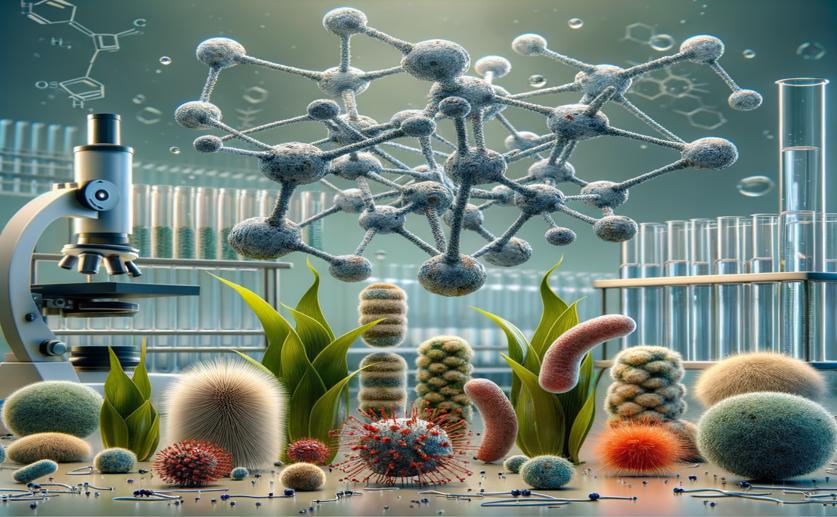
Phospholipid Profiling of Plant Pathogens Using Advanced Separation Techniques
Jim Crocker
26th July, 2024

Image Source: Natural Science News, 2024
Key Findings
- Researchers at the University of Münster developed a new method to analyze complex lipids in plant-pathogenic bacteria
- The method successfully identified detailed lipid profiles for six plant-pathogenic bacteria, aiding in their classification
- Understanding these lipid profiles can help develop targeted treatments to combat harmful bacteria without affecting beneficial ones
References
Main Study
1) LC–MS/MS-based phospholipid profiling of plant-pathogenic bacteria with tailored separation of methyl-branched species
Published 25th July, 2024
https://doi.org/10.1007/s00216-024-05451-1
Related Studies
2) Iso- and anteiso-fatty acids in bacteria: biosynthesis, function, and taxonomic significance.
Journal: Microbiological reviews, Issue: Vol 55, Issue 2, Jun 1991
3) Genetic and physiological determinants of Streptomyces scabies pathogenicity.
4) Random peptide mixtures as new crop protection agents.



 7th July, 2024 | Jenn Hoskins
7th July, 2024 | Jenn Hoskins